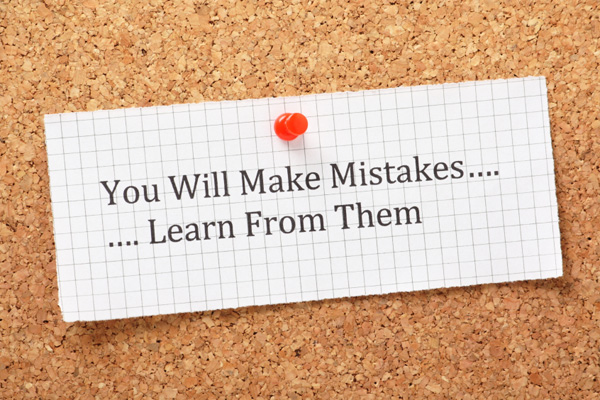3 Mistakes That Turn Customers Off

Article Highlights:
- When prospects disappear, the dealership made one of the three mistakes.
- Find and fix the problems and you’ll see better results from sales efforts.
A customer comes to your dealership, looks at a car, appears interested, leaves, and never comes back.
What happened?
In my experience, when prospects disappear without a reason, it’s often because the dealership made one of the following three mistakes:
Mistake 1: No Follow-Up
When your dealership gets busy, it’s easy for a salesperson to forget about the people who were at your dealership the day before.
After all, shouldn’t you focus on the person in front of you? Of course, but that doesn’t mean you should forget about your other prospects.
While you’re busy not following up with these prospects, they’re busy looking elsewhere. On average, auto shoppers look at 24 sources of data before making a decision to buy. When they search, they’re often just cross-shopping, playing your dealership off against others to improve their negotiating position.
You have to make a conscious effort to let them know that you are going to work with them to get them the best deal. A simple follow-up call is usually the best way to do that. You just have to remember to make the call.
That’s where properly-configured activity schedules in your customer relationship management (CRM) system can make a huge difference.
Mistake 2: “Time-Based” Activities, Instead of “Results-Based”
If you follow up with poorly timed or badly targeted messages, it can be worse than not following up at all.
Most dealerships use a CRM tool to manage sales activities. Many set up their system to create a series of messages and sales tasks as soon as a new prospect gets entered in their system.
For instance, if a prospect visits your dealership but leaves without buying, your CRM might trigger an email sequence to send messages over the next few days. You might introduce the salesperson on day 1, ask what car the person would like to test drive on day 2, offer an incentive to come back into the store on day 3, and so on.
That works great as long as the person is still unresponsive.
But what happens if the prospect comes back and buys on day 2? In most CRM systems, the salesperson has to manually go into that prospect’s record and turn off the remaining messages and activities.
Otherwise, the day after a purchase, the new customer might get an email asking if she’s ready to “Come take a test drive!”
We call this CRM approach “time-based scheduling,” meaning the system schedules activities and messages based on a set timeline.
A better practice is to use “results-based scheduling.” This means that the CRM system schedules messages and sales activities based only on the previous activity.
For example, your first sales activity might be a phone call. If you make the call and talk to the prospect, the system will look at the result of the call and then determine the next activity you should take.
If you don’t talk to the prospect and left a message instead, the system might generate another sales call activity next.
Essentially, “results-based scheduling” ensures that you are sending your customer the right message every time based specifically on where they’re at in the buying process.
Mistake 3: Boilerplate Emails
It’s okay to use a template to make sure your format matches your brand. It’s not okay to use 100% stock answers. Instead, write a personal email and answer the customer’s questions.
If you start with a template, take the time to personalize your email. It only takes a minute, but it completely changes the customer’s reaction to the message.
That is what’s going to engage them and get them to come back to your dealership: true personalization.
Conclusion
When good prospects disappear, you almost never get a chance to ask them why they took off.
If too many of your prospects are falling out of your sales pipeline, chances are, your salespeople are making one of these three mistakes.
Find and fix the problems and you’ll see better results from all your sales efforts. Plus, you stand a much better chance of retaining customers for years to come.
Related Articles:
70 percent of consumers turn to YouTube for things like reviews, test drives, or comparison analyses during their car-buying process, according to Millward Brown Digital.…
When I was ready to purchase my first vehicle, I was full of excitement. I thought nothing could bring me down and the only challenge…
For as long as I can remember, my family had “pizza night” every week. Without fail, every Friday evening we’d all gather around the computer…
Everybody enjoys a good musical performance. The singer producing an amazing melody on the microphone and the band backing them up with their instruments. The…



















